
22 minute read
Opinion
BY MORTER FAMILY CHIROPRACTIC

Advertisement
Chiropractic Care Can Help With Heart Health; Proper Spinal Alignment Affects Every Function of the Body
DID YOU KNOW . . . February is National Heart Month? This month Morter Family Chiropractic would like to highlight chiropractic care and how it can help with heart health.
I am sure you are thinking wait a minute, what?! How?! How do heart health and chiropractic care go hand in hand?
The nervous system controls every function of the body. Let us make this easy: the central nervous system is made up of the brain and the spinal cord. Off the spinal cord come the nerves that run throughout our body. This system controls every function of the body. So, is it safe to say that if any of those nerves coming off the spinal cord experience interference or “kinks,” the function of the attached organ may be compromised?
Think of a water hose when you roll it out. If it is straight, the water will flow through it properly with no issues. However, if your put a little pressure on it or even fully fold the hose, what happens? The water flow is restricted. Once, you release the pressure, the water flow is restored. The nerves that come off the spinal cord work in this same way.
We have seen a patient who did not want to be put on medication for his high blood pressure. He had researched ways to avoid medication. He had also suffered from neck pain and headaches for a while but never connected the two. Once he started researching, he found that chiropractic care could help. So, he gave it a shot.
Sure enough, his neck was in bad shape. After a month of care, he was able to return to his primary care physician with normal blood pressure levels. And, after finishing his corrective care recommendation, this individual became a longtime patient.
Does it now make a little more sense that our office has seen some patients see better heart health results after receiving chiropractic care? If the spine in their neck or mid-back is misaligned, that puts pressure on the nerves that control the function of the circulatory system. Once that spine is in proper alignment, the function is restored and the patient can experience overall better health.
Dr. Josh Morter, who takes a specific approach—motion X-ray analysis—is in the top 1 percent of chiropractors in the United States who use motion X-ray analysis to show him exactly where your spine is misaligned. Dr. Josh uses this method, which strings together multiple Xray images to make a moving image of the spine, to focus on correcting the problem. If you or anyone you know is experiencing any other health issues that you may not initially think a chiropractor could help with, give us a call. We are happy to do an exam and help guide you to better health. If it is not a chiropractic issue, Dr. Josh will get you connected with the right health professional for you. Dr. Josh also recommends staying active, walking, swimming, riding a bike. Just move! We love challenging our patients to have better health. Often, Morter Family Chiropractic will do a walking challenge with its patients, talk to them about the importance of sleep or take part in a water challenge with them. Dr. Josh always wins this one. Never race Dr. Josh in a gallon-aday challenge. His army instincts kick in and he will be done before we get through the morning shift.
Our hope is that each month we continue to provide you with information that you did not know about chiropractic care and educate you a bit about overall health. Morter Chiropractic strives to show that we care about our community and that we are here to help!
Until next time: Stay Healthy, Friends.
For more information on how chiropractic care can help with blood pressure and other benefits, visit tnchiro.com.
Morter Family Chiropractic is located at 221C Castlewood Dr., Murfreesboro. For more information about how Dr. Josh Morter can help restore your health so that you can better experience life, call 615-900-3770 or visit morterchiro.com.

Opinion Positive Discipline
Parent with kindness and firmness, and understand a child’s feelings before correction
BY REANNA SARIEH
PARENTING IS HARD. Just when you think you have it all fi gured out, your child enters a new developmental phase with its own new sets of challenges and lessons.
Parenting through a pandemic creates additional challenges along with worries about future impacts of all that we have been through. It can be overwhelming and can cause our focus to veer in unplanned directions every day. When we are balancing so many challenges and burdens, we can forget about all the beautiful things that we want our children to learn. We can forget that we are making decisions each day that will shape and forge our adult children of the future.
Fast forward 15 to 20 years; what type of person do you want to see walking through your door coming home for the holidays? Are your daily parenting decisions creating the path helping your child become that future adult you hope to see? These can be hard questions, especially when there are so many obstacles to overcome each day. We must, however, stay the course. We must decide the type of parenting foundation that we wish to have and make an intentional effort to make decisions that support that foundation along with the developmental needs of our children.
As a director of a Montessori school, the question that I am asked most frequently is how to get children to behave better. Montessori classrooms are often known for their peaceful and tranquil environment, an environment that supports children’s development of independence and confi dence. Children in Montessori schools do not have sticker charts or time-outs, so how does that peaceful atmosphere last with children ages 3 through 6? How do we help to develop positive behaviors in children?
The answer is: positive discipline.
Positive discipline is a parenting strategy that combines being both fi rm and kind. It is about having “tools” to help develop good choice-making skills in children, and about having and maintaining appropriate parental boundaries (i.e. being parents, not friends, to our children).
One of the most important components of the positive discipline parenting philosophy is the ability to be both fi rm and kind when guiding our students and children. Parents that are too kind, will often have challenges gaining cooperation and respect from their children. Parents that are too fi rm will often fi nd that their children rebel or comply out of fear or from threats instead of developing the ability to make good choices. The key, according to Dr. Jane Nelsen, the creator of the positive discipline philosophy and author of the book Positive Discipline, is the balance of being kind and fi rm at the same time. How does this translate into daily interactions with your child? Effective parents try and stay ahead of the curve, understanding and researching what developmental phases their child will be entering next. By having the information on the front end, parents can shift from a place of reactive parenting to a place of proactive parenting. Learning new strategies that are effective and supportive of your child’s behavioral goals is a way to incorporate positive discipline into your home. As our children grow and develop, our parenting strategies will need to grow as well.
As our children returned to their school campus in September after quarantine while still living through the pandemic, our teachers discussed how we were going to help our students return to joyful learning and living. Of course, their academic education is important, but joyful and happy children are eager to learn and it shows. We made it our mission this year to help our students return to some of that joy.
Some of the ways that we approach joyful learning with our students include many of the positive discipline strategies and framework for parenting along with our Montessori ideals. These include:


Positive Time-Outs
Good and Balanced Nutrition Every Day Unstructured Playtime Boundaries that are consistent, respectful, and enforced Connection Before Correction (validate your child’s feelings before offering correction) Solid Sleep Routines with the recommended amount of sleep each night Limited Use of Screens (for those in virtual school, this can be a challenge, but it is important to continue to limit use of screens in your child’s free time) Outdoor Playtime (even in cold and rainy conditions children should have plenty of movement and outdoor play and very minimal time with screens) Quality Time with Parents or Caregivers Children need dedicated and uninterrupted one-on-one attention each day with their parents or caregivers. Even if it is only 15–20 minutes of uninterrupted time, your child will benefi t from this. Sometimes, when a child is acting out, it is a clue that they actually need more of your attention, not less.
Good caregivers understand how these components directly impact a child’s joyfulness. Sometimes we forget that we as parents are in charge and that the decisions that we make with our children will ultimately guide and develop the people that they will become.
Next time, we will look at specifi c positive discipline tools that can be used to help gain cooperation with your child along with the language of this philosophy of parenting.
Reanna Sarieh is the founder and directress of Bambini Village Montessori school in Murfreesboro. She received a B.A. in anthropology from MTSU, a MAT in teaching and AMS certifi cation from Belmont University, and is a certifi ed Positive Discipline facilitator. Currently, she is pursuing a doctorate degree in education administration. 17 years ago, she and her husband decided to incorporate the Positive Discipline philosophy into their family, and it made all the difference in the world!
STEERED STRAIGHT BY MICHAEL DELEON
Hope Through a Pandemic
Recovery Army Aims to Tell Stories of Healing and Hope
“There are two types of pain; one that hurts you and one that changes you.”
MY NAME IS MICHAEL DELEON, CEO and founder of a nonprofi t prevention organization called Steered Straight. I am the No. 1- booked drug prevention lecturer in U.S. schools. I am an ex-offender, recovered addict, former gang member and now a national leader in prevention and addiction, recovery advocacy and criminal justice reform. I make Middle Tennessee my home and it has become ground zero for our prevention efforts to the youth and families of America.
The “COVID crisis” has become an attack upon American youth. Purposefully or collaterally, youths are the demographic that will be hurt the most.
Emergency room non-injury visits for youth are up 24 percent for ages 7 to 14; that jumps to 34 percent from ages 10 to 17. There is a mental health crisis festering up in our kids and it is becoming a burgeoning emergency for which America is ill prepared, but one that we are going to have to fi x.
I am recovered from addiction for 18 years in May. I work with as many people still struggling with addiction and those in recovery from that struggle as I do with kids. Our work at Steered Straight is with both sides of the pandemic spectrum. I can tell you with 45 years of personal experience that addiction has its origin in adolescence. It’s an accepted truth. Very few people fi nd addiction anew in their adult years. It begins, 90 percent of the time, between the ages of 10 and 17. Much of that origin is made with trauma and threaded with isolation and loss of connection—much of what is threading this COVID crisis for children. In fact, I take suicide crisis calls. A year ago, I was talking to three or four kids on a bad week. Now it’s fi ve or six on a nightly basis. It’s a very real crisis.
Steered Straight spends every day educating people about how to enhance protective factors in their children. We provide the best drug education and support that with curriculum and continuing education that is available to students, parents, educators and community members. Education is the key to navigating through the damage which will inevitably be something many families face, although most don’t expect to be “that family” because most parents believe that it “won’t be their kid.” Having interviewed more than 1,000 recovering addicts and more than 500 parents who have lost their children to an overdose or a suicide, I can tell you that virtually no one thought it was going to happen to them.
When I embraced my mission to become part of the solution instead of part of the problem, I had no idea where the journey would take me. In 2010, I had lost four young adults on my counseling caseload to drug overdoses, and it was some of the worst pain I had ever experienced. They were not my biological children and in no way can the pain and loss I experienced be compared to their family’s pain and loss, but it shook me to my core. I felt I had failed them miserably. I felt that I could’ve done more. I couldn’t have imagined then how that pain was going to change me.
The proverbial “War on Drugs” was in reality, a war on drug addicts, not on drugs. It created a prison industrial complex in America as we ballooned our state and federal prison systems from a little more than 400,000 prisoners in 1980 to over 2.4 million in 2020. Not to mention county jails, correctional programs, treatment, probation, parole, drug courts . . . It’s an escalating problem with catastrophic results.
Handcuffs and prison personally saved my life. We need jails and prisons. Sometimes, the threat of criminal consequences can be the catalyst to urge an addict to take that fi rst step—that “Nudge from the Judge.” But locking people up in and of itself doesn’t rehabilitate. Incarceration for addiction or for committing an addiction-related crime without treatment is futile.
Most of the current news about the “opioid pandemic” was dismal. Now it’s become the “pandemic” everyone forgot, but it’s festering worse than ever right underneath the one everyone is talking about. I predict more than 100,000 overdose deaths this year. I hope I’m wrong, but with a year of continued societal isolation and livelihoods destroyed, the pace of fatalities now is unfortunately worse.
More people are dying from an overdose to drugs and suicide than ever before. More people are being affected. More families are being affected. But is it even discussed?
Within all the numbers and statistics, within the loss and family tragedy, there are real stories of survival. There are people who have battled their addiction and won. It’s been estimated that there are more than 23.5 million Americans in recovery from addiction. Millions and millions of men and women have overcome their addictions. The more we show those who struggle the truth about those who struggle no more, the more we will inspire people to fi nd their road to recovery. It is hope!
Recovery is happening all around us, and I set out to capture those stories that only those survivors could tell. I began a television talk show on recovery in the Philadelphia market before moving to Tennessee and it lasted fi ve seasons. I captured hundreds more stories of hope and strength collectively called The Road to Recovery. I was able to share people’s stories and struggles at recoveryarmy.com and I urge you to watch some of them. I urge you to share them with everyone you know, because everyone you know knows someone that is struggling right now. You don’t have to admit it, but it’s true. There are people in recovery who need to fi nd some hope. Sometimes you must fi nd some hope in other people in order to fi nd the hope within.
That is what these stories can do—help people see hope. Isn’t that what we all need right now?
Many believe that the “War on Drugs” was a failure. I knew we needed a new “war” and it needed to be a war on addiction, not on drugs or on addicts. And we needed a new “army,” a Recovery Army. I was determined to build this Recovery Army. I wanted to recruit people into this army and I knew that the best way to do it was to go out there and build it. So, I worked over the past year through this COVID crisis to capture as many people’s stories of recovery and hope as possible.
I want to capture the beautiful stories of recovery across Tennessee and across America. I want to share these stories with those who are still struggling. I want to push advocacy efforts further than they have ever been pushed before. I want to bring prevention efforts into schools everywhere.
Join the Recovery Army. Help us reach more people. Go to our website at recoveryarmy.com and get involved. It will take all of us to turn the tide on this American pandemic.

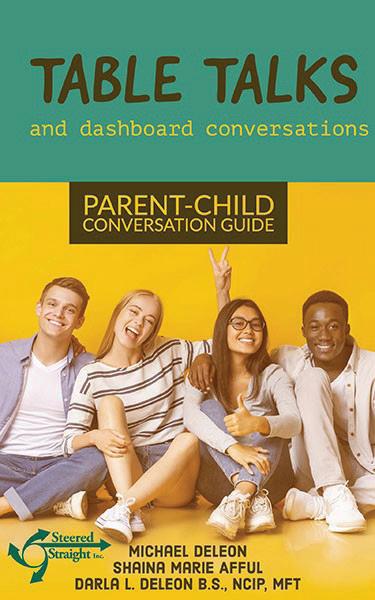
Michael DeLeon is the CEO and Founder of Steered Straight. For more information, visit steeredstraight.org or call 615-962-7539. Visit the Steered Straight Thrift Store at 845 Middle Tennessee Blvd., Murfreesboro. There you can also pick up a copy of the book Table Talks and Dashboard Conversations.

Live Exceptionally...Well!
BY JENNIFER DURAND


Full Body Cleanse
HAVE YOU EVER FELT the desire for a “do over” or “fresh start,” or to “wash away your cares”? Daily, we take in information, requests, changes and the unexpected, and many times our mental and physical reservoirs just keep packing things in with little time to fully process or comprehend, let alone decompress and let go of those dozens of messages that occupied our thoughts throughout the day.
What can you do simply to prevent thoughts and information from mentally and physically piling up and blocking your creative and energetic fl ow? Good news! There are several things you can do to facilitate this. One of my favorites is doing a “full body cleanse.” This requires active, disciplined participation of mind and body. It comes from my Qigong practice, as guided by Jeff Primack of Supreme
Science Qigong Foundation. The word Qigong means “energy fl ow” or “working with the energy of life.” This exercise is to improve the fl ow of Qi and remove blockages along the body. First, the exercise opens with a gesture of receiving Qi (energy) with palms facing up. The arms rise upward from the shoulder and the palms “pass through the Qi.” At the top you spiral, expand and look to the sky with gratitude. This is a key moment in the practice. “Pressing” on Qi, we ask for and receive a gift from the divine source. During the descent along the front of the body we employ visualization of light or a waterfall cleansing us. Heat and pulsation follows your mind down, and out the soles of your feet. Yes! It’s that good.
“If you want to fi nd the secrets of the universe, think in terms of energy, frequency and vibration.” — Nikola Tesla
PREPARATION: Choose a space to do this practice where you won’t have distractions or be disturbed. Wear comfortable clothing and shoes for grounding. Stand with feet shoulder width apart, knees slightly bent, arms at your sides, palms open (fi ngers separated) and facing each other. Now, bring hands out to side, palms facing up. Keep a nice bend in the elbow. Take a moment to feel the energy connection between your arms.
INHALE: Lift your arms from your shoulders without moving from the elbow. Hands and arms move straight up until they get to chest. Now arc arms up overhead. As you raise your arms, think as though your hands are moving through a mist. Slower movements are better—you can gather energy more effectively. When moving past the chest make sure your arms are rounded to “scoop” the energy upward. Round shape allows you to contain the energy before using it to move out.
EXHALE: Relax the shoulders and spiral upwards using small circular motions from the shoulders that move the entire arm, gathering the Qi, three times.
INHALE: Expand space between palms and gently look up 45 degrees. When you expand your hands, make a slight wrist adjustment to stimulate Qi. When you lean back, it is minimal. Don’t compress your neck too far back. The arms should be “rounded” and not in a V shape. You can choose to make this movement sacred by being in a state of mind to receive the energy as a blessing washing over you (encouraged).
EXHALE: Bend at elbows, bend knees and root down solid. Head is level once again, and look out to the horizon.
INHALE: Raise hands a few inches. “Press” on Qi and focus your mind.
LONG EXHALE: Begin by focusing attention at the crown of your head. As you slowly lower the hands, visualize the Qi is washing your face, chest and downward over your entire body. See the area where the light hits your body “crackling and burning” any stress you might have inside you.
It is also important to “press on Qi” while lowering. Follow it down with your mind. See it blast out the soles of your feet. When your mind reaches your feet, they will feel hot and pulse with blood and Qi. That is how you know the exercise is working!
Finish by spiraling the hands at the sides, as in the opening posture, three times. Close your eyes and think about connecting with the center of the earth. Feel the earth’s internal energy rise up to meet the energy you’ve gathered in your palms. You will feel its vibration. Hold to the practice you just did and let the results carry you through your day with grace and peace, knowing you can handle whatever comes your way with greater ease.
“The energy of the mind is the essence of life.” — Aristotle
Jennifer Durand is the owner and operator of The Nurture Nook Day Spa & Gift Shoppe; a certifi ed QiGong and Breathe Empowerment instructor, and is licensed in massage therapy, body work and somatic integration. Visit nurturenook.com or call 615-896-7110.

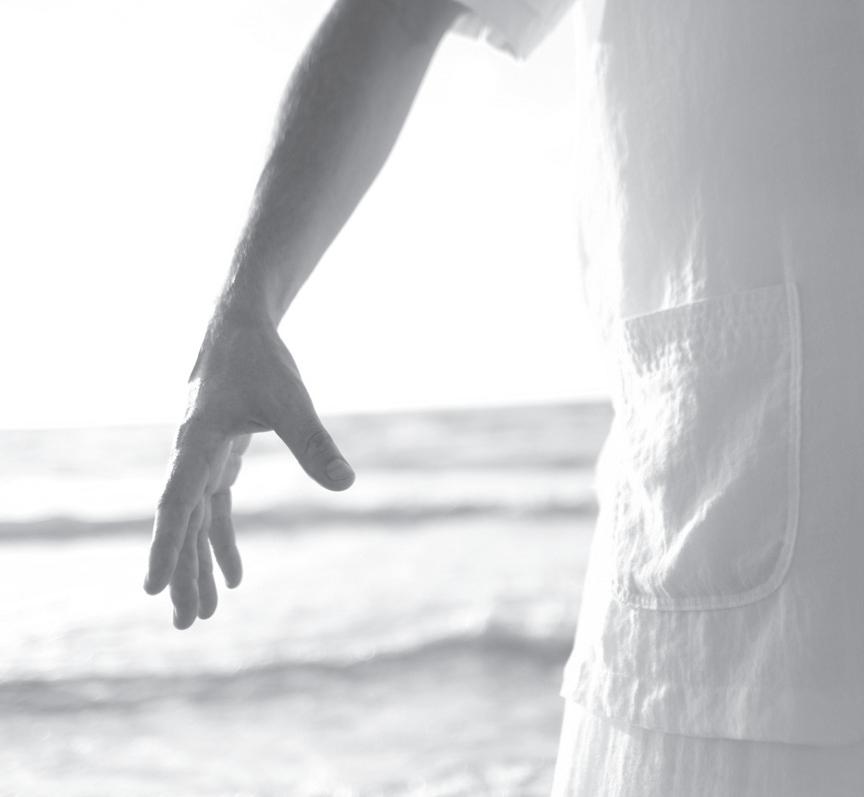
Who Will Speak Out for You If Free Speech Is Suppressed?
BY DR. LARRY BURRIS

Here’s a quotation from Supreme Court “FIRST THEY CAME” is a poem written by Justice Oliver Wendell Holmes: German Lutheran pastor Martin Niemöller “If there is any principle of the Constitution that in regards to the cowardice of more imperatively calls for German intellectuals following attachment than any other it is the Nazis’ rise to power and sub- the principle of free thought— sequent purging of their chosen not free thought for those who targets, group after group: agree with us but freedom for FIRST THEY CAME the thought that we hate.” By Martin Niemöller How willing are you to listen First they came for the Communists And I did not speak out Because I was not a Communist NIEMÖLLER to ideas you don’t like? Or, put another way, how opposed are you to big tech deciding what you can, or cannot, listen to? Even for ideas you hate?
Then they came for the Try this quote from Winston Socialists Churchill: And I did not speak out Because I was not a Socialist Then they came for the trade unionists And I did not speak out Because I was not a trade unionist HOLMES “Everyone is in favor of free speech. Hardly a day passes without its being extolled. But some people’s idea of it is that they are free to say what they like, but if anyone else says anything back, that is an outrage.”
Then they came for the People need to realize there is Jews not a speech, or kind of speech,
And I did not speak out on the planet that someone else
Because I was not a Jew does not consider outrageous. It
Then they came for me may come as a surprise, but I bet
And there was no one left there is someone who considers
To speak out for me. your speech to be outrageous, and So here’s a question for those of CHURCHILL would like to censor it. you who seem to favor banning Once censorship starts, it is speech: What are you going to do when big tech almost impossible to stop it—that is, unless evdecides to cancel your account because someone eryone supports the idea, and the practice, of free doesn’t like what you have to say? speech for everyone.
What are you going to do when there is no one left to protect your right to speak out? Dr. Larry Burris is a professor at MTSU
So here’s a question for those of you who seem to favor banning speech: What are you going to do when big tech decides to cancel your account because someone doesn’t like what you have to say?
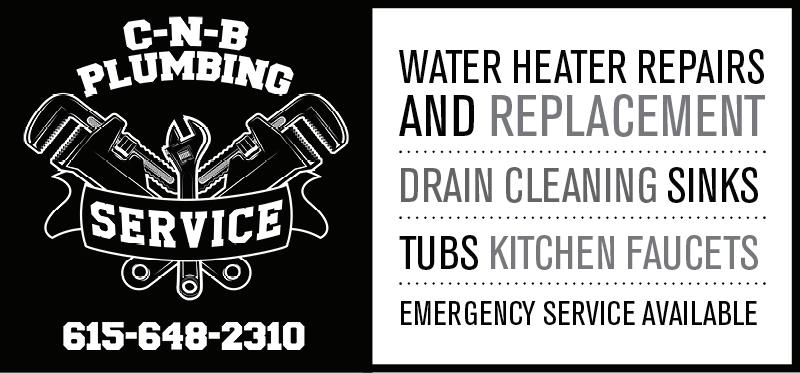

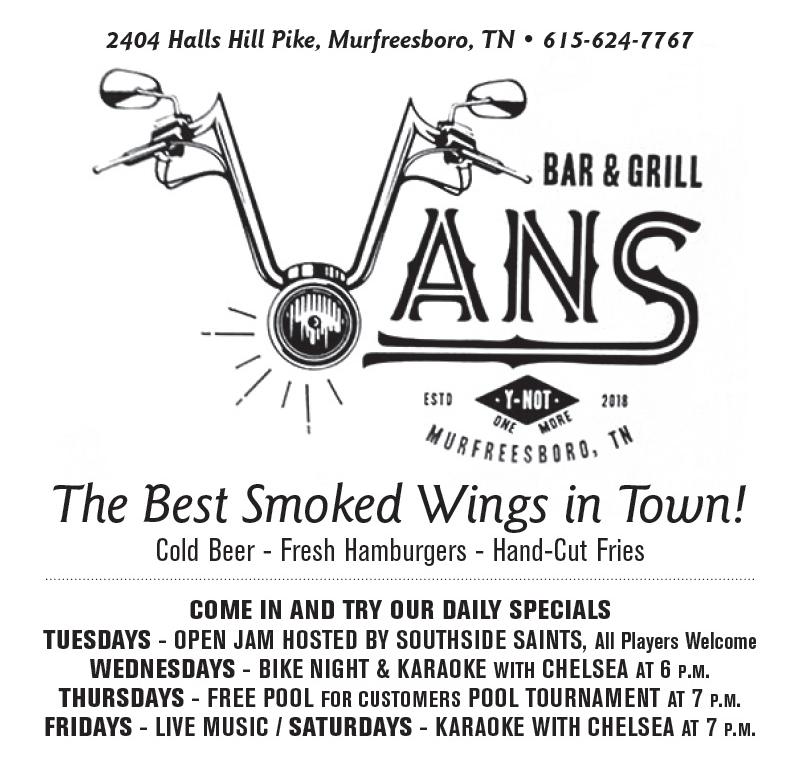
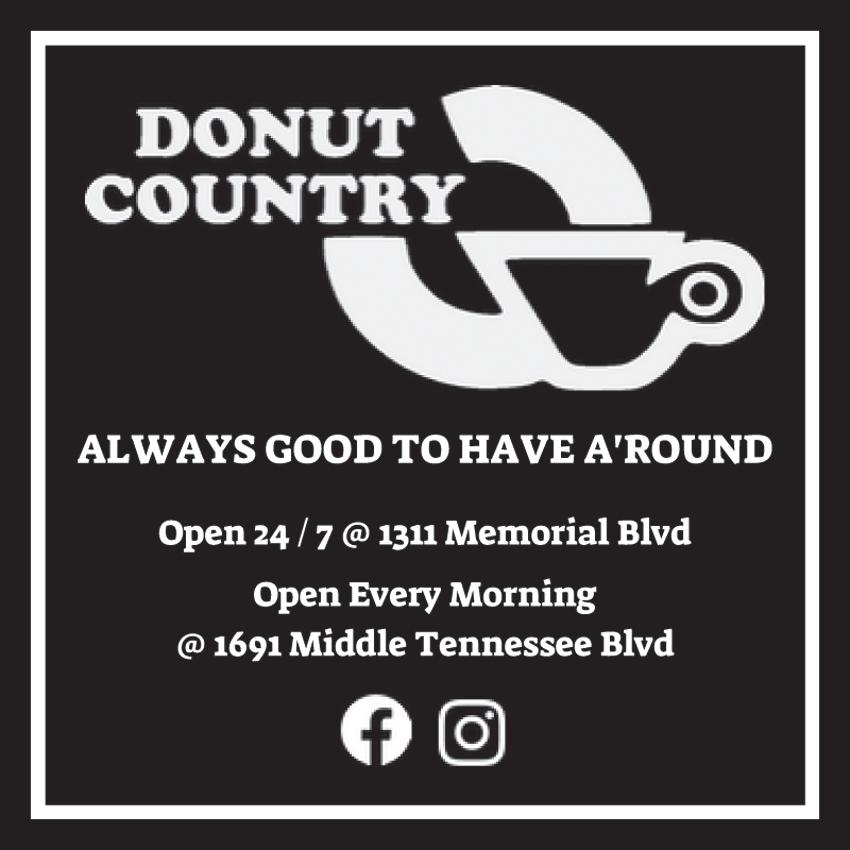




Makes a Great Valentine’s Gift! Couples Can Train Together!







